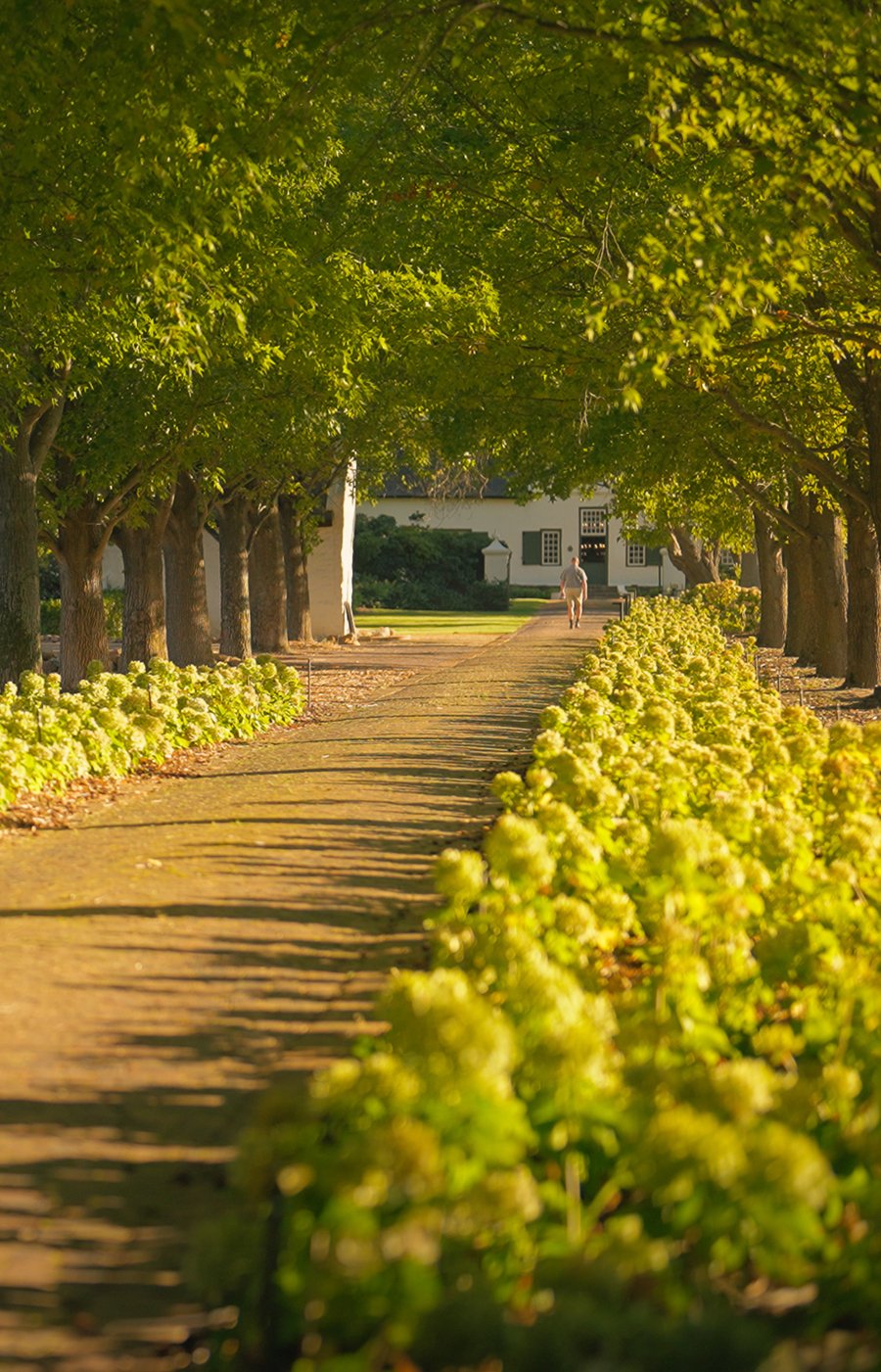The Bread Gypsy
Long before the low-GI, carb-clever, banting-friendly, wheat-free, gluten-free, and essentially joy-free varieties of bread began to populate our supermarket shelves, bread was a staple food. It had been one since the stone age. So, why has it received such a bad reputation over the last few decades? Why are we now blaming bread, our age-old companion, for a vast array of human afflictions – from diabetes to gluten intolerance and even autism – all ailments that have intensified over the last generation? There are still a few artisans left who believe that by returning to the old ways, we can rekindle the old flame…
“It comes down to the way it’s made,” says Pauli Coetsee, co-owner of the Pretoria-based artisanal bakery The Bread Gypsy. “So much of the food we eat nowadays has been through so many processes that we really don’t know what we’re putting into our bodies. I used to be terribly gluten intolerant until I found a way to make bread the way it’s meant to be made – cold fermented and baked in a wood-fired oven. It’s a very natural, old-world process.”
Arriving at Pauli’s quiet Kameeldrift farmhouse on the rural outskirts of Pretoria under cover of night, it’s easy to feel like one of the “trespassers (who) will be prosecuted” (or devoured by her gargantuan Black Russian Terriers), as warned by the foreboding signs dotting the dirt road on the way there. But then you hear voices, laughter, some singing, and you realise there’s more to this secluded plot of land than meets the eye.
Once inside the bakery, I see a phalanx of strong-armed men kneading dough, and a trio of women rolling out sheets of pastry for croissants. Going deeper, a room suddenly fills with smoke as one of the primary bakers scrapes a heap of hot coals out of a brick oven into a wheelbarrow. “He’s going to clean the oven now, then let it cool to 300 °C before we start baking,” Pauli explains. Wait, coolto 300 °C? “At that temperature, anything that might have been harmful in the bread just evaporates.”
In addition to following traditional baking methods, Pauli’s bread is also cold fermented, which delays the fermentation process to enhance the flavour of the bread. “I’ve also found that bread made this way lasts longer,” says Pauli, “and I’ve never encountered mould. It might grow stale, but it never goes mouldy.”
COLD FERMENTATION
HOW IT WORKS
When you add yeast to dough, it rises relatively quickly, but the flavour needs time to develop. By chilling the dough, the yeast cells grow drowsy and fermentation takes longer. Meanwhile, the alcohol produced by the yeast cells enhance the flavours in the bread.
When cold fermenting at home, remember this: the longer you let the dough ferment, the better the flavours and texture. The yeast will also have consumed more sugar, making the bread naturally lower in sugar.
After two hours, the yeast should have done the bulk of its job; but you can let it ferment for another 5 days to develop the taste and texture further. The Bread Gypsy normally allows between 12 and 24 hours for fermentation.














